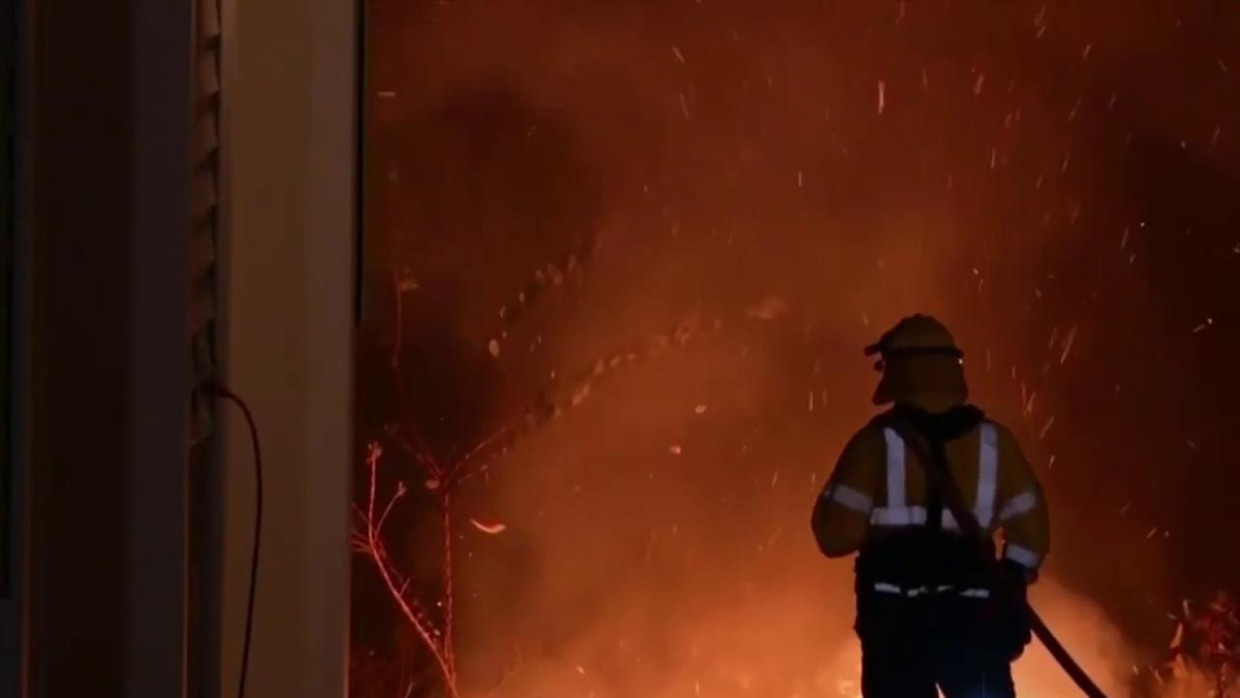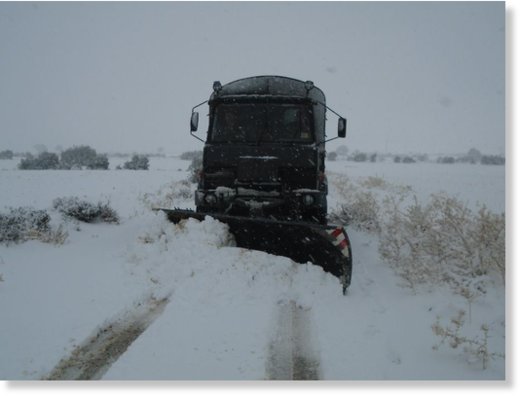Uncontrolled wildfires are raging through the drought-stricken South, blanketing multiple states in haze as firefighters race to temper the flames.
If you're not on the front lines, it may be hard to visualize just how bad these wildfires have gotten. To give you an idea of their size and scope, here's a handy guide:
- Wildfires are burning in six states: North Carolina, which is the hardest hit, plus Georgia, Kentucky, South Carolina, Tennessee, and Virginia.
- All told, there are more than 30 large fires that are still uncontained. Overall, 128,000 acres have gone up in flames — a land mass that's about nine times the size of Manhattan, more than four times the size of San Francisco... or the size of nearly 96,970 football fields.
- While that's a lot, there have certainly been much larger wildfires in past years. In August 2015, the Okanogan Complex Fire in Washington burned over 256,560 acres, making it the largest wildfire in Washington state history.
- More than 5,000 firefighters and support personnel are battling the flames. The firefighters have come in from all parts of the country to assist and authorities are using 24 helicopters to drop flame retardant on the fires.
- At least one person, a man on eastern Kentucky's Mountain Parkway, has died due to decreased visibility from the smoke. Kentucky State Police said Wednesday that about 14 others were injured in wrecks on both sides of the road.
- Meanwhile, in eastern Tennessee, an air quality alert was in place after more than 200 were hospitalized in Chattanooga for shortness of breath and breathing difficulties.
- Officials believe many of the fires were started by arsonists: At least seven people have been arrested for arson in Tennessee this month and one has been arrested in Kentucky. In Alabama, at least two other incidents are being investigated for arson.
- Of those arrested, only one is a wannabe weatherman. Kentucky authorities charged a 21-year-old with second-degree arson after they say he admitted intentionally setting a fire to bring attention to his Facebook selfie videos, which he called "Weather Outlook" segments and recorded in front of various fires.







You need to be a member of Earth Changes and the Pole Shift to add comments!
Join Earth Changes and the Pole Shift